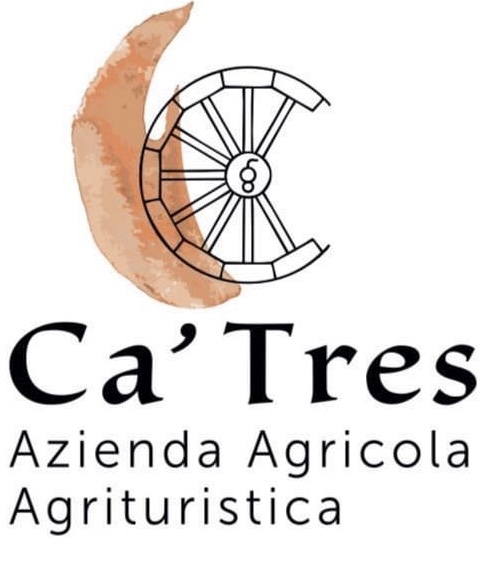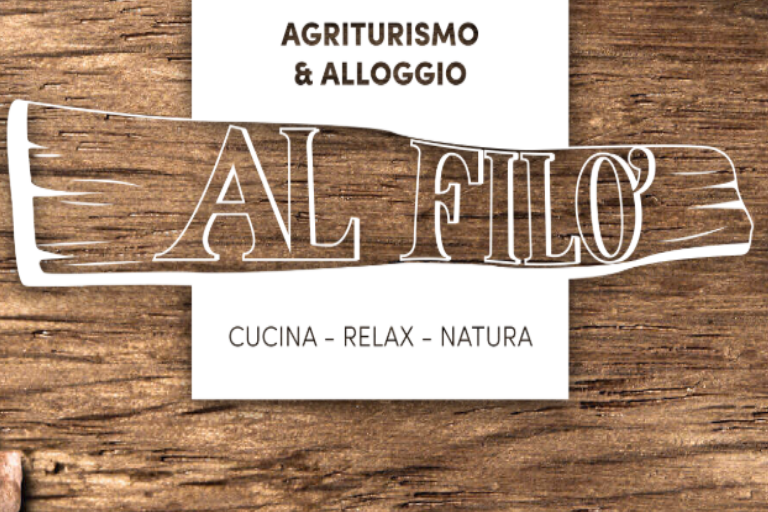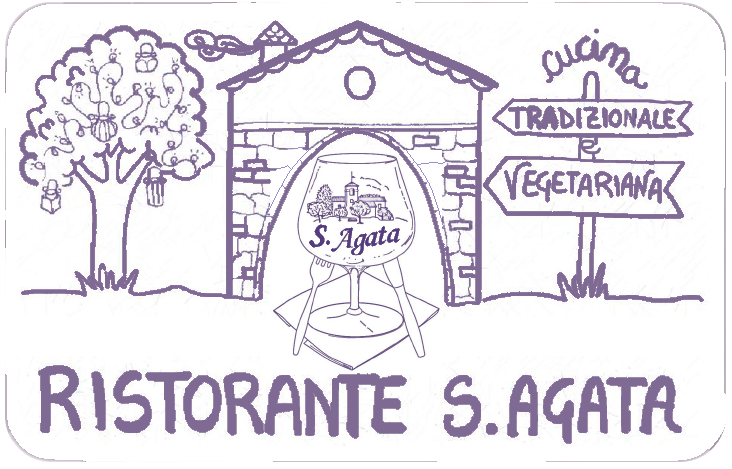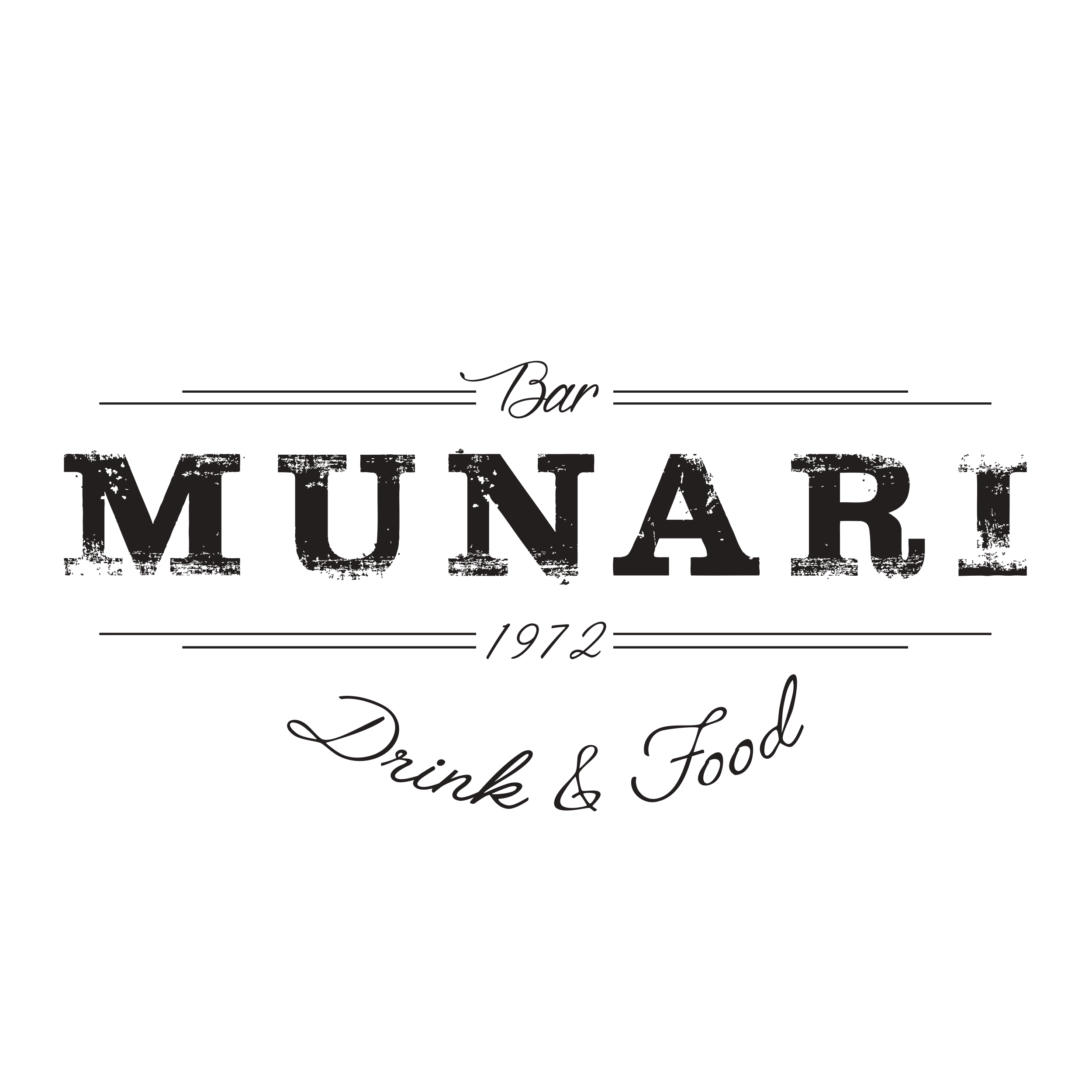To live in Villa delle Laste Favero - Raselli


The building dates back to the 16th century. It was bought in 1765 by the Latin scholar Natale Dalle Laste from Marostica who intended to use it as a place of rest and of meditation to the point that he defined it "my Tuscolano". The right side of the courtyard hosts the Oratory dedicated to St. Jerome. A large mosaic is visible at the centre of its facade representing Our Lady of the Rosary and the Saints Dominic and Catherine. The villa was restored at the beginning of 1900s, with the insertion of Art Nouveau style details. They have a significant scenic effect, which is emphasized by the long access boulevard, by the sinuous staircase leading to the entrance, by the hill at its back which offers a background to the building stateliness. There are important external decora-
tions: the eye-catching balcony sustained by little joyful cupids, the four statues in white marble representing the seasons and the ‘’day’’ and the ‘’night’’ at the top of the staircase.
Natale Dalle Laste (Marostica 30th March 1707 – 12th July 1792) completed his higher education at the Episcopal Seminary of Padua, where he taught Humanities for some years and soon stood out not only for being an extraordinary, careful and sensitive educator, but also for his innate talent expressed in the composition of Latin verses. In 1738 he opened a school for young aristocrats in Venice which he managed until 1765. He was appointed consultant in iure and then historiographer of the University of Padua by the Republic of Venice.
However, he was always a fond lover of his birthplace Marostica. He left a substantial amount of money to be used as payment for a teacher who would educate six clerics or
six local students in need. He also took care of having the Hospital situated in the Monastery of San Gottardo transferred to San Rocco.
He died on 21st June 1792 in his villa in Marsan where he loved to seek shelter in the last years of his life. In 1885 the inhabitants of Marostica honored his benevolence by placing a plaque in his memory in the Church of Santa Maria Assunta (at the entrance in the right-hand nave).
To love
Titolo di questa sezione correlata
To visit
This point of interest is part of
To live
Events
Accomodations
-
Hotel Europa
Viale Stazione, 5/A - Marostica
Vedi i dettagli -
Villa Cecchin Guesthouse
Via Gianni Cecchin, 69 - Marostica
Vedi i dettagli -
Palazzo Sedea
Via Sedea, 14 - Marostica
Vedi i dettagli -

Agriturismo Ca' Tres
Via Nonis, 48 - Marostica
Vedi i dettagli -

Agriturismo Al Filò
Via S. Agata, 1 - Marostica
Vedi i dettagli -
Agriturismo Corte del Maso
Via Sedea, 17 - Marostica
Vedi i dettagli -
B&B Maria
Via IV Martiri 21 - Marostica
Vedi i dettagli -
Marostica Bright Apartment
Via Callesello delle Monache 1 -Marostica
Vedi i dettagli -

Da Pion
Via Scomazzoni, 123 - Marostica
Vedi i dettagli -

Cà Tres
Via Nonis, 48 - Marostica
Vedi i dettagli -

Al Filò
Via S. Agata, 1 - Marostica
Vedi i dettagli -
Brave Wine- Società agricola Srl (ex Diesel Farm)
Via San Benedetto, 2 - Marostica
Vedi i dettagli -
Scaligera
Via Montello, 68/a - Marostica
Vedi i dettagli -
Ristorante cinese Oriente
Via G. Cecchin, 20/b - Marostica
Vedi i dettagli -

Sant'Agata
Via S. Agata, 9 - Marostica
Vedi i dettagli -
All’Angelo d’Oro
Viale Montegrappa, 20 - Marostica
Vedi i dettagli -
Casa Bistrot
Via Marsan, 61 - Marostica
Vedi i dettagli

